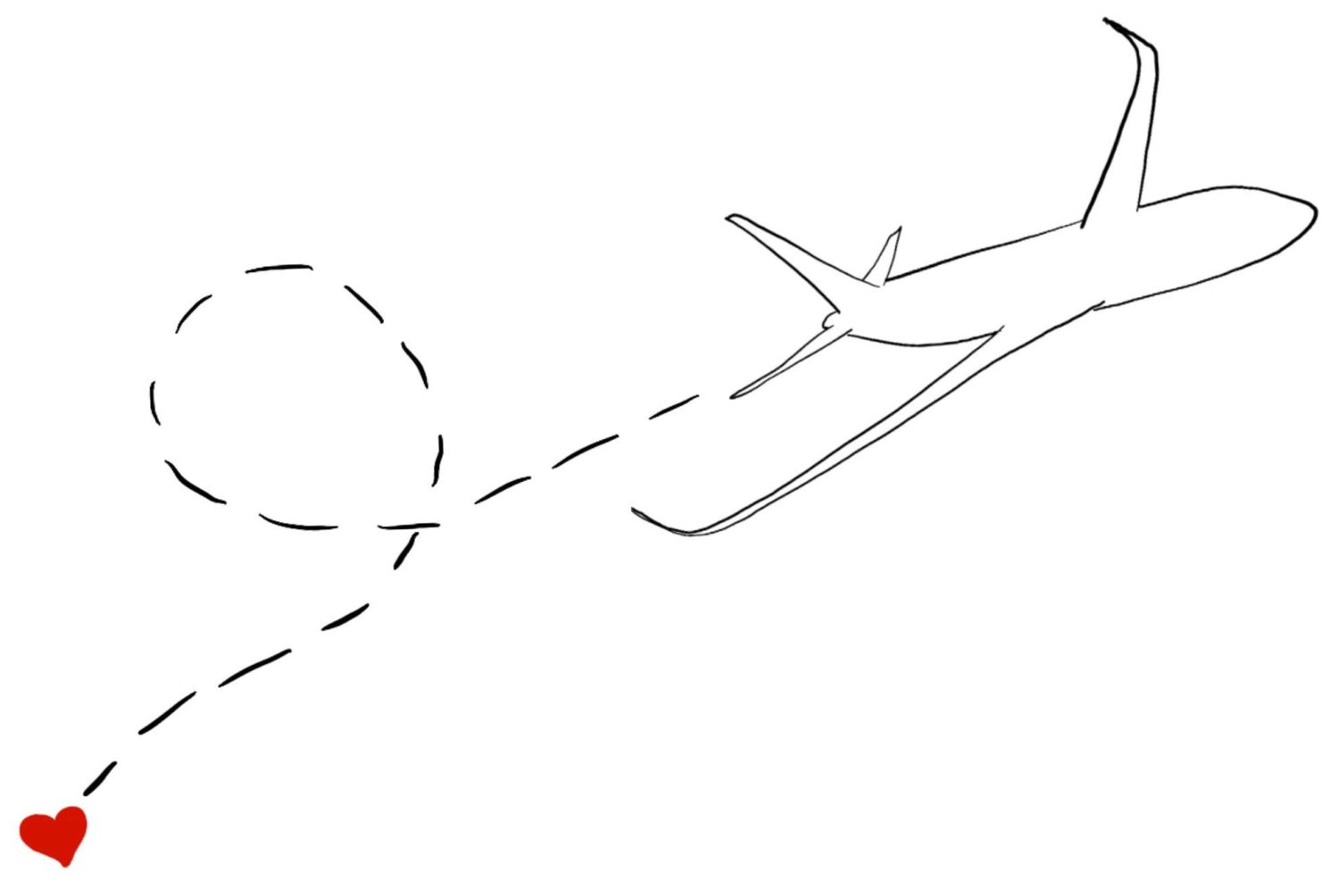
The Acropolis

Yesterday we visited the Acropolis. Let me say that again. Yesterday we visited the Acropolis. There are so many layers of story and history, I could spend a lifetime reading and exploring. But for this trip, a few hours on the Acropolis and a few hours in the museum will have to do.
We followed the advice of a taxi driver and arrived at the foot of the Acropolis around 8 AM. Based on the waves of tourists flowing in later and the rising heat, it was the right time to be there. Today’s site directs the tourists to arrive at the south side of the Propylaia, but we decided to backtrack a bit and enter through the Beulé Gate. It reminded me of Le Corbusier’s visit to the Parthenon and his tendency to create a sense of processional arrival in his iconic works. He visited the Parthenon every day for three weeks and sketch and photographed and analyzed. Now I understand how thoroughly he internalized everything he learned here.
As we passed through the Propylaia, we mourned the loss of the massive bronze statue of Athena which would have greeted us in Ancient times. We’ve been talking a lot about the Greek gods and goddesses… the crazy family tree, the contest between Athena and Poseidon, the trials of Odysseus at the hands of the various gods… we’ve even had a few conversations about the Greek gods versus Pokémon. Because honestly, all conversations in our family eventually (usually quickly) lead to Pokémon.
The kids took lots of pictures and noticed all kinds of things. All of us were fascinated by the Caryatids in the Erechtheion temple. It’s always been my favorite building on the Acropolis – it’s one of the most ancient of the buildings. Supposedly it’s the site where Athena and Poseidon fought for the patronage of Athens. Apparently Athena left an olive tree and Poseidon smote the earth with his trident to create a salty spring. I guess the Athenians chose the olive tree.
I was fascinated by the placards about the restoration. The Parthenon was largely destroyed in 1687 during a war to free Athens from Turkish rule. During its long history, the buildings on the Acropolis have served as fortifications, a church, a mosque, and even a residence. Many of the marble statues and metopes, friezes and columns have been looted or destroyed. The statue of Athens was relocated to Constantinople and was later destroyed in a drunken riot because the locals felt she was beckoning to their enemies.
Since Greek independence, there’s been constant, evolving work to restore the Acropolis to its ‘cleansed’ condition as it stood after the height of Athenian power around 400 BCE. When they started the restoration work, they largely faced a massive three-dimensional puzzle to begin piecing back together. Through the years, they’ve learned many lessons about how best to complete the restoration work with minimal additional damage.
After we finished on the top of the Acropolis, we meandered down the hill to the Acropolis Museum. We started with a late breakfast in the terrace cafe with a view of the Parthenon. Then we backtracked through the exhibits. The Acropolis Museum is not only a phenomenal piece of contemporary architecture, but also displays the complicated history and restoration work of the site.
We were exhausted after the morning’s adventures, so we wandered through the Plaka and found a place for gelatos and frappes.
It was everything I could hope for. Now I’m wondering if I can count the day as a month’s worth of homeschooling…















